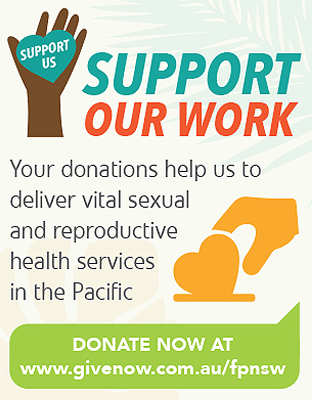Know Your Health: Cervical Screening Test
What is cervical cancer?
Our bodies are made up of millions of cells.
New cells grow every day.
Sometimes when cells grow differently they can turn into cancer.
Cervical cancer is cancer in the cervix.
The cervix is inside the body at the top of the vagina.
What causes cervical cancer?
Cervical cancer is caused by the human papillomavirus. Human papillomavirus is sometimes called HPV.
There are many types of HPV. Women and men can get HPV. HPV is very common. Anyone who has ever had sexual contact could have HPV.
HPV often clears up by itself with no problems. Sometimes HPV can change the cells in your cervix. These changes can turn into cancer. These changes happen very slowly.
It can take up to 15 years for these changes to turn into cancer. Sometimes these changes do not turn into cancer at all. You can have a test to look for HPV in the cervix.
Sexual contact is skin-to-skin contact between:
- the genitals of one person and the genitals of another person or
- the genitals and other body parts such as the mouth and anus
The genitals are sometimes called ‘private parts’. The genitals are:
- the penis
- the vulva and vagina
The new Cervical Screening Test
There is a new test in Australia. It is called a Cervical Screening Test.
The Cervical Screening Test looks for HPV in the cervix. The Cervical Screening Test replaced the Pap test.
You will now have a Cervical Screening Test instead of a Pap test. A Cervical Screening Test can help find cell changes before they turn in to cancer.
Who should have the Cervical Screening Test?
Women aged between 25 and 74 who have ever had sexual contact should have the test.
Young women should have their first test around the time of their 25th birthday.
When should I have the Cervical Screening Test?
- You should have the test every 5 years.
- If you had a Pap test before December 2017, your next test will be two years after your last Pap test.
- If you have a Cervical Screening Test after December 2017, you will have a test every 5 years.
How is the Cervical Screening Test done?
A doctor or nurse will ask you to take your clothes off from the waist down.
You may choose to wear a long skirt. This is so you can lift the skirt up instead of taking your clothes off.
You will lie on the examination bed. You will have your feet up and knees bent.
A doctor or nurse will use special tools to take some cells from your cervix.
The cells will be sent to a laboratory to be tested.
The doctor or nurse may call you when your results come back.
You may also get your results by letter.
What does a positive test mean?
Sometimes a test will be positive. If your test is positive this means that you have a HPV infection.
This does not mean you have cervical cancer.
You may be at risk of cervical cancer in the future.
Your doctor or nurse will talk to you about what happens next.
Where can I have the Cervical Screening Test?
- General Practitioner (GP)
- Family Planning NSW Clinic
- Women’s Health Centre
- Specialist (Gynaecologist)
What are the signs of cervical cancer?
The Cervical Screening Test looks for HPV in the cervix before it causes cancer.
The Cervical Screening Test is for women who do not have symptoms of cervical cancer.
Some symptoms of cervical cancer can be:
- bleeding from the vagina after sex
- bleeding from the vagina in between periods
- bleeding from the vagina after menopause
- watery discharge from the vagina
If you have any of these symptoms it does not mean you have cervical cancer. If you have these symptoms you should not wait for your next Cervical Screening Test. You should see your doctor straight away.
Discharge is the fluid that comes out of a woman’s vagina.
National Cancer Screening Register
There is a new cancer screening register in Australia.
The National Cancer Screening Register sends letters to women. The letters will let you know when you need to have your next Cervical Screening Test.
For more information, call the Family Planning NSW Talkline on 1300 658 886 or visit www.fpnsw.org.au/talkline.
To talk to someone in your language, call the Translating and Interpreting Service (TIS) on 131 450. Ask them to connect you to Family Planning NSW.


